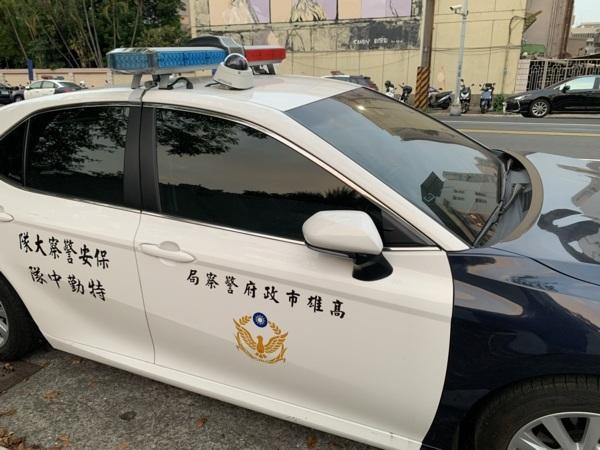Ericsson is showing how network slicing is done in Taiwan using a new smart patrol car use case that taps into the capabilities of Far EasTone’s 5G standalone network.

The deployment uses AI and Ericsson’s end-to-end 5G network slicing technology, including 5G core and RAN slicing using Dynamic Radio Resource partitioning in a live 5G standalone (SA) network. Ericsson calls it a “pioneering use case” that demonstrates advanced 5G for mission-critical applications in the public sector.
One of the missives is to support license plate recognition for stolen cars. Patrol cars equipped with the application and high-resolution photography devices use an AI image analysis solution to identify vehicles that have been reported stolen.
The data from moving patrol cars can be transmitted in real time, allowing for the immediate recognition of these license plates. The police then can take action based on the information provided, according to Ericsson’s press release.
Besides slicing capabilities, the smart patrol car project uses the Ericsson Local Packet Gateway, an edge user plane with a small footprint, to connect each equipped car to a regional site for data processing without installing a system on every single car.
Developers of the solution handed it to the Kaohsiung City Police Department at the end of 2022.
The solution will also be used to detect crimes in crowded public areas, such as concerts and football games, where network slicing can allow high-resolution real-time images to be transmitted from police patrol cars to the central command center to ensure timely situational awareness and emergency response.

